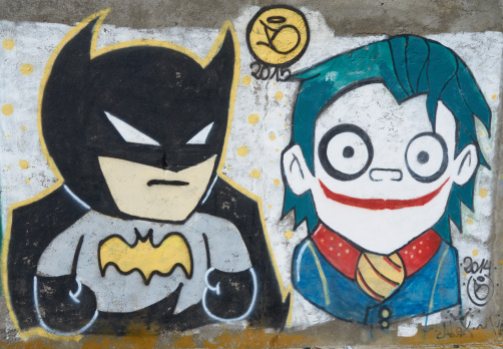Intro | Part I | Part II | Part III
Hey all! I’ve just returned from two weeks of backpacking in Patagonia and Heather has kindly agreed to let me share my story with a few more guest-posts!
Where did I go?
I don’t have a history of camping or outdoor adventuring so it surely came as a surprise when I announced my intention to visit Patagonia. Truth be told, I’d been mulling some kind of South American adventure (Easter Island? Machu Picchu?) but lacked the language skills and backpacking experience to confidently commit. So when my friend Robin suggested a trip to Torres del Paine in Patagonia, it was an easy “yes”. Our friend Charlotte felt the same way, and the three of us quickly started planning.
I only knew Patagonia as a retailer of sustainable clothing, so some research was required. For those reading along at home: Patagonia refers to a region in South America, specifically the Southern tip. It is 90% Argentinian and 10% Chilean, and is home to a number of beautiful parks, backpacking trails, and jumping off points for Antarctic tours, cruises, and expeditions.

Aside: The Argentinian portion of Patagonia contains Cerro Fitz Roy (pictured below, via Google) whose skyline inspires the clothing brand’s logo. It was chosen by founder Yvon Chouinard after he climbed the mountain in 1968.


Further research was required for our ultimate destination, Torres del Paine National Park. Residing within Chilean Patagonia, Torres del Paine is a National Park containing over 227,000 hectares (four times the size of Toronto) of mountains, forests, glaciers, and lakes.
Its namesake, the Torres (the Towers), are three distinctive mountain peaks sitting behind a small glacial lake. They’re a bit of a climb to reach (the lake sits at 1,000 meters), but if you wake up early enough the sunrise is quite beautiful. The photograph below (borrowed from Google) shows the Torres, I’ll share my own photos in a couple posts.

Torres del Paine via torresdelpaine.com
The park is a popular destination for day-hikes, kayaking, weekend trips, and backpacking circuits (park map, pdf). The most popular hiking treks are called the “W” and “O” Circuits, named for the their respective shapes. The “W” is a West to East hike across the South side of the mountains. It’s more popular and developed, with nice lodges and stocked bars at most camp sites. The “O Circuit”, traces an O-shaped route around the park’s mountains and valleys (overlapping with the “W”). The backside (North side) of the trek has more basic amenities, as well as steep hike up and over John Gardner Pass. We opted for the “O Circuit”.
Getting There
When we enjoyed an “I’ve Never Camped Before” practice-trip last summer at Algonquin park, it was a logistically simple 3-hour drive. Reaching Torres del Paine takes a bit more work. While we were fortunate enough to book direct flights from Toronto to Santiago (10.5 hours), our trip still required a flight to Punta Arenas (3 hours), a bus to Puerto Natales (3 hours), and finally a bus to the park (2 hours).
It was bit of a trek, but it came with couple of interesting side adventures and helped us get acclimated to our off-the-grid lifestyle before reaching the park.






Great read!
LikeLike